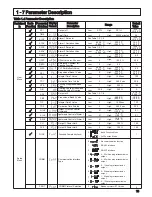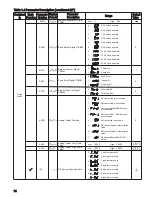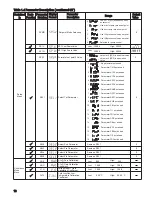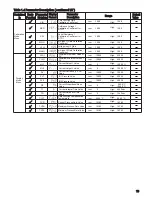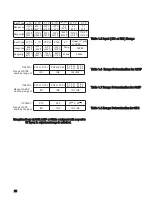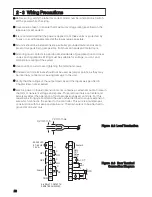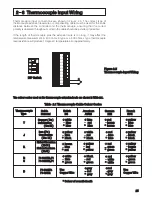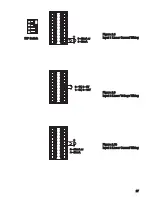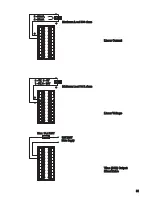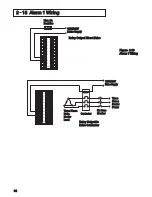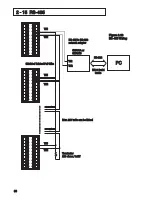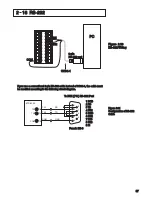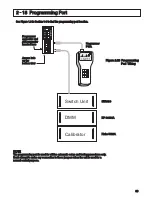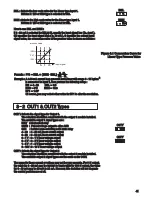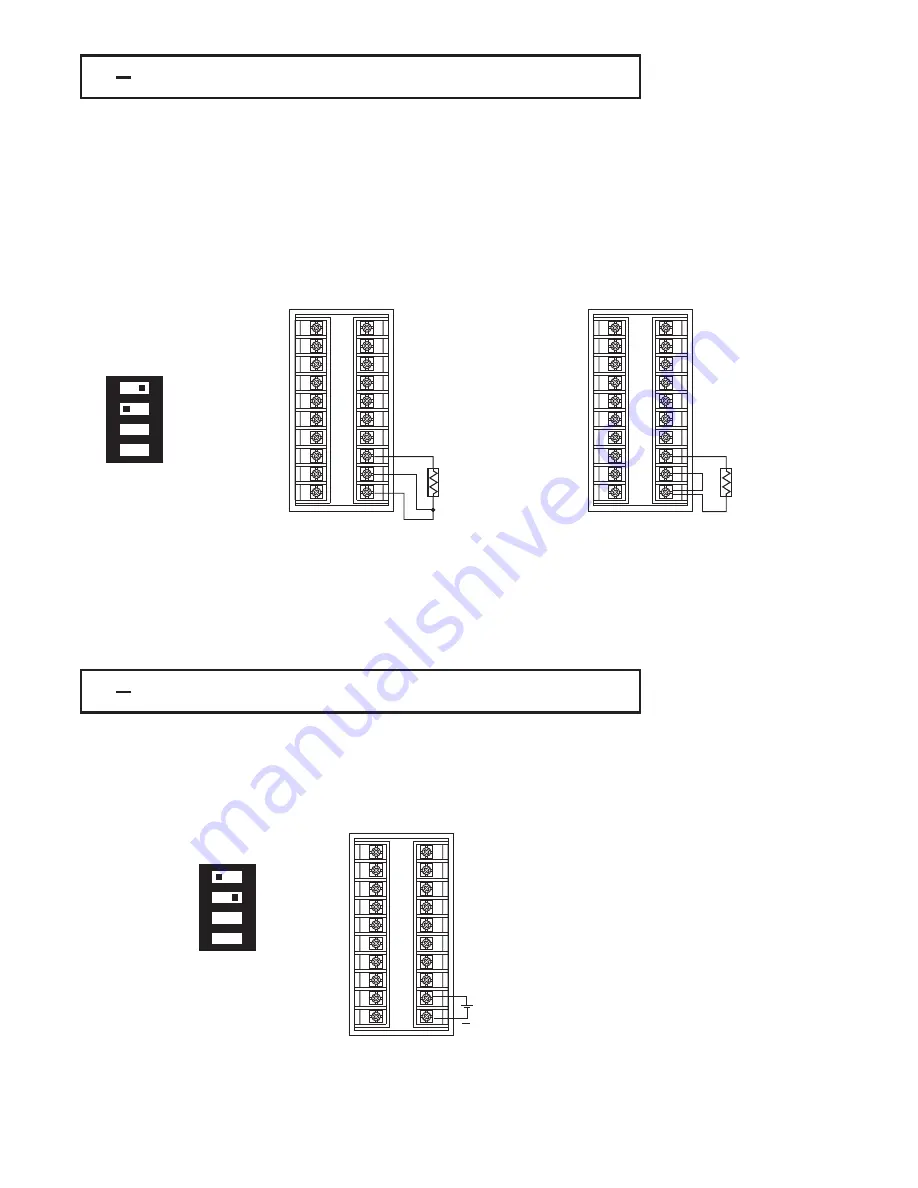
2 7 RTD Input Wiring
2 7 RTD Input Wiring
2 8 Linear DC Input Wiring
2 8 Linear DC Input Wiring
Figure 2.6
RTD Input Wiring
Figure 2.6
RTD Input Wiring
DC linear voltage and linear current connections for input 1 are shown in Figure
2.7 and Figure 2.8 .
DC linear voltage and linear current connections for input 1 are shown in Figure
2.7 and Figure 2.8 .
DC linear voltage and linear current connections for input 2 are shown in Figure
2.9 and Figure 2.10 .
DC linear voltage and linear current connections for input 2 are shown in Figure
2.9 and Figure 2.10 .
Figure 2.7
Input 1 Linear Voltage Wiring
Figure 2.7
Input 1 Linear Voltage Wiring
1
2
3
4
ON
1
2
3
4
ON
DIP Switch
DIP Switch
DIP Switch
DIP Switch
Two-wire RTDs should be avoided, if possible, for the purpose of accuracy. A 0.4
ohm lead resistance of a two-wire RTD will produce 1 degree C temperature
error.
Two-wire RTDs should be avoided, if possible, for the purpose of accuracy. A 0.4
ohm lead resistance of a two-wire RTD will produce 1 degree C temperature
error.
RTD
Three-wire RTD
Three-wire RTD
RTD
Two-wire RTD
Two-wire RTD
0~1V, 0~5V
1~5V, 0~10V
0~1V, 0~5V
1~5V, 0~10V
26
RTD connections are shown in Figure 2.6, with the compensating lead connected to
terminal 19. For two-wire RTD inputs, terminals 19 and 20 should be jumpered. The
three-wire RTD offers the capability of lead resistance compensation provided that the
three leads should be of same gauge and equal length.
RTD connections are shown in Figure 2.6, with the compensating lead connected to
terminal 19. For two-wire RTD inputs, terminals 19 and 20 should be jumpered. The
three-wire RTD offers the capability of lead resistance compensation provided that the
three leads should be of same gauge and equal length.
+
1
2
3
4
5
6
7
8
9
10
11
12
13
14
15
16
17
18
19
20
1
2
3
4
5
6
7
8
9
10
11
12
13
14
15
16
17
18
19
20
1
2
3
4
5
6
7
8
9
10
11
12
13
14
15
16
17
18
19
20


